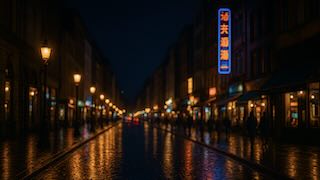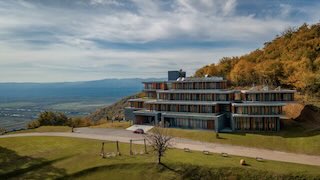As snow approaches, auto supply stores in Sapporo are entering their busiest period of tire changes.
A power outage that halted operations on the Sapporo Municipal Subway on November 3rd was caused by an aluminum-coated balloon. Investigations have revealed that similar troubles have occurred across various transportation systems in Japan.
Passenger traffic at Fukuoka Airport reached an all-time high in the first half of the current fiscal year, marking a strong rebound in both domestic and international travel and putting the airport on track to post its first profit since being privatized in 2019.
Traveling with family can be a rewarding adventure, but it often comes with unique challenges. Balancing entertainment, comfort, and convenience is key to creating memorable trips for all ages.
Nighttime offers a completely different perspective on the cityscape. From shimmering lights reflecting on riverbanks to quiet streets revealing hidden cafes and bars, traveling at night can be both magical and practical.
Archaeologists have uncovered new details about the remains of an ancient building in Nara Prefecture’s Asuka area, believed to have been used by emperors for imperial ceremonies more than 1,300 years ago.
A rare migratory bird seldom seen in Okinawa has become the talk of the town after appearing in Nago City. The bird, identified as a spoonbill, was spotted along the Nasada River in the city’s Kogachi district.
Georgia is a small country between Europe and Asia, known for its beautiful nature, rich history and warm hospitality. From high mountains to green valleys, from old churches to modern cities, Georgia offers something for every traveler.









